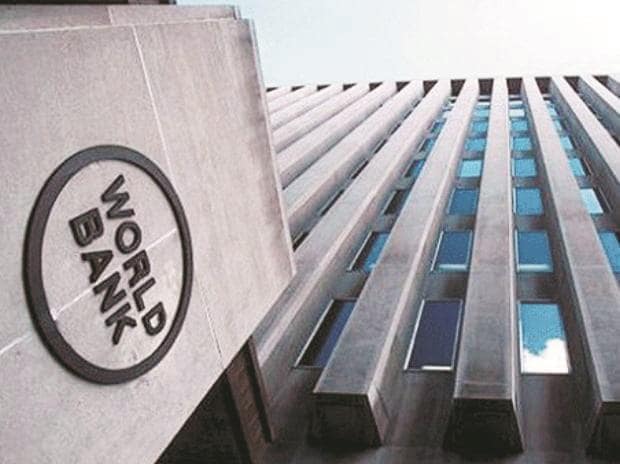[ad_1]
The World Bank on Tuesday projected the Indian economy to grow at a robust 6.6 per cent in 2023-24 (FY24), slowing down from an estimated 6.9 per cent in 2022-23 (FY23), citing “limited spillovers” to Asia’s third-largest economy from a projected global slowdown.
In its Global Economic Prospects, the Bank said global growth may decelerate sharply in 2023 to its third weakest pace in nearly three decades, cautioning that the world economy is “perilously close” to falling into recession.
“Further negative shocks — such as higher inflation, even tighter policy, financial stress, deeper weakness in major economies, or rising geopolitical tensions — could push the global economy into recession. This would mark the first time in more than 80 years that two global recessions have occurred within the same decade,” it warned.
The global economy has been projected to grow by 1.7 per cent in 2023, while the Euro Area and the US are expected to grow at zero per cent and 0.5 per cent respectively during the year.
China’s growth has been projected to pick up to 4.3 per cent in 2023 as the lifting of pandemic restrictions releases pent-up consumer spending.
In 2022, China is expected to have grown at 2.7 per cent in 2022 — the weakest pace since the mid-1970s, except the pandemic year of 2020.
On India, the Bank said the slowdown in the global economy and rising uncertainty would weigh on export and investment growth.
“Governments increasing infrastructure spending and various business facilitation measures, however, will crowd in private investment and support the expansion of manufacturing capacity. Growth is projected to slow, to 6.6 percent in FY23/24 before falling back toward its potential rate of just above 6 per cent. India is expected to be the fastest-growing economy of the seven largest EMDEs (emerging market and developing economies),” it added.

Most economists, however, believe India to grow at around 6 per cent or below 6 per cent in FY24, amid rising global headwinds.
The Bank said the turn to more restrictive fiscal and monetary policies in several countries to address rising domestic and external imbalances and financing pressures is occurring at a time when growth is already slowing globally and output gaps are widening in several regional economies.
“In India, monetary and fiscal tightening over the forecast horizon is expected to be less pronounced than in much of the rest of the (South Asia) region, as adequate policy buffers have provided breathing room to support the ongoing recovery and boost public investment,” it said.
The Washington-based multilateral institution said India’s 9.7 per cent growth in the first half (April-September) of FY23 reflects strong private consumption and fixed investment growth.
India’s statistics office recently projected the Indian economy to grow at 7 per cent in FY23.
“Consumer inflation spent most of last year above the Reserve Bank’s upper tolerance limit of 6 per cent, prompting the policy rate to be raised by 2.25 percentage points between May and December. India’s goods trade deficit has more than doubled since 2019, and was $24 billion in November, with deficits for crude petroleum and petroleum products ($7.6 billion) and other commodities (for example, ores and minerals at $4.2 billion) accounting for the widening,” it added.
The Bank said extreme weather can also complicate the implementation of macroeconomic policies in many countries.
“For example, in India, more erratic monsoon rains have translated into more volatile food prices, destabilising households’ inflation expectations, undermining the ability to forecast inflation, and muddling the formulation of monetary policy,” it added.
[ad_2]
Source link



